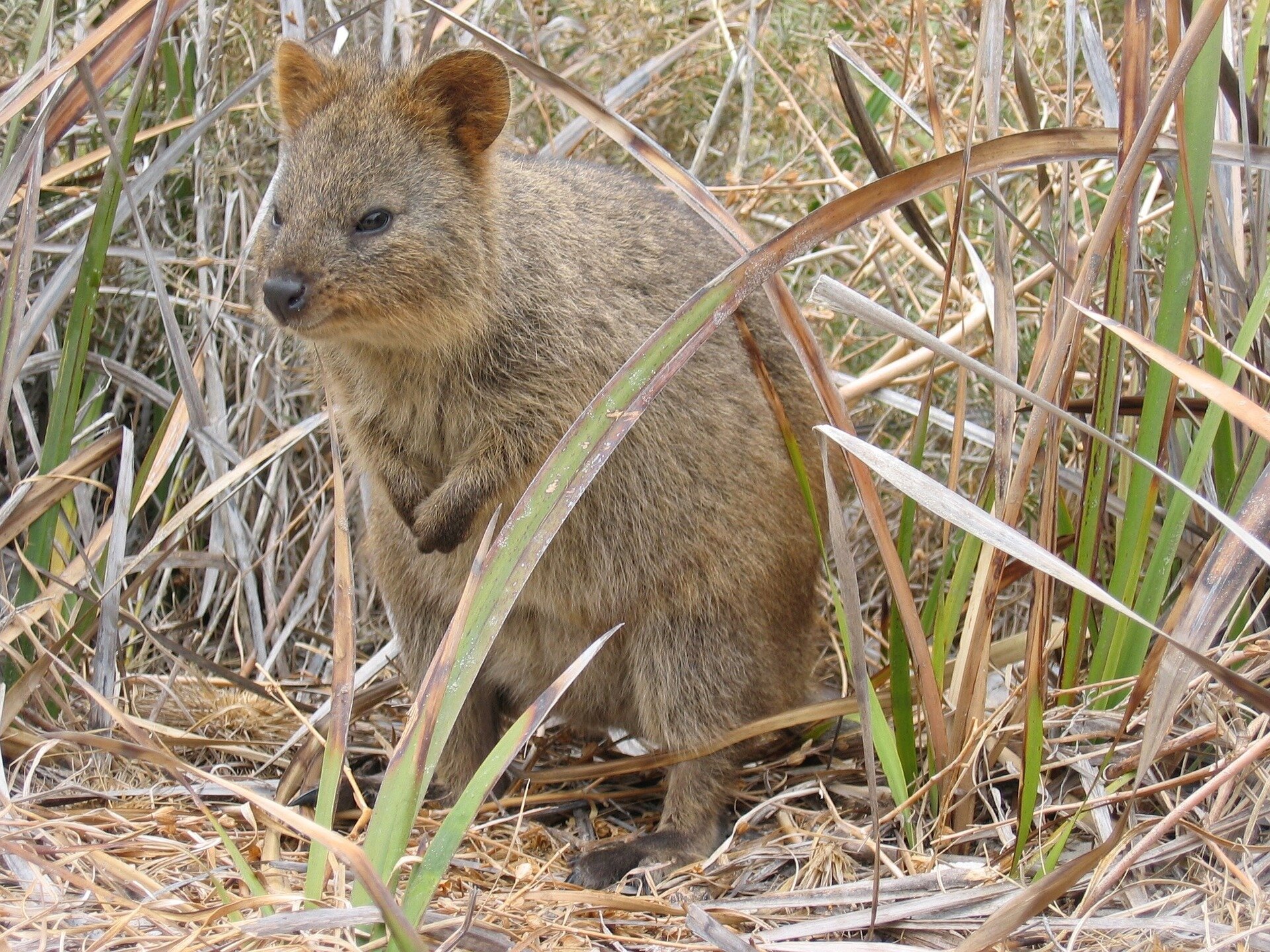Quokkas residing in the Northern Jarrah Forest, Western Australia have been found to be using fire exclusion zones to ensure their own safety and longevity.
A study conducted by researchers at Murdoch University’s Harry Butler Institute, working with the Department of Biodiversity, Conservation and Attractions, has shed light on their adaptive behavior following periods of prescribed burns. The study is published in the International Journal of Wildland Fire.
The findings emphasize the importance of appropriately sized and located fire exclusion areas in conservation management.
Harry Butler Institute researcher Leticia Povh led the study and said understanding how animals use their space after prescribed burning is crucial for effective conservation management, particularly for threatened species like the quokka.
“The study aimed to determine how individual quokkas changed their home ranges following burns,” Povh said.
“In a world of rising temperatures and decreasing rainfall across southwest WA, this study has important conservation significance in determining how we manage habitat for our mainland quokkas into the future.”
Over the course of two years, the movement patterns of 20 quokkas were meticulously tracked before and after prescribed burns.
Home-range area calculations were performed for each individual, and behavioral change point analysis was conducted to detect any alterations in their space use.
“The key results revealed a remarkable shift in the behavior of six quokkas that had previously resided in areas subjected to prescribed burns,” Povh said.
“These individuals moved into fire exclusion zones, actively avoiding the burn areas for an average of three months.
“After this time, these quokkas spent no more than 2% of their time in the burn areas. In contrast, quokkas inhabiting fire exclusion and control sites did not exhibit any changes in their space use.
“This study highlights the importance of appropriately sized fire exclusion zones to ensure the preservation of populations of species dependent on dense vegetation.”
Quokkas, like many other fauna species, rely on dense cover for refuge from introduced predators such as the feral cat and red fox, making fire exclusion areas a crucial component of prescribed burn planning.
By providing refuge and food sources, these areas contribute to the long-term viability of quokka populations and other species with similar habitat requirements.
As prescribed burns continue to be used in land management, the findings of this study offer useful insights for conservation practitioners.
By incorporating appropriately sized and located fire exclusion areas into prescribed burn planning, land managers can assist in preserving critical habitat for vulnerable wildlife like the quokka.
More information:
Leticia F. Povh et al, A conservation-significant threatened mammal uses fire exclusions and shifts ranges in the presence of prescribed burning, International Journal of Wildland Fire (2023). DOI: 10.1071/WF22196
Citation:
Quokkas demonstrate adaptive behavior in response to prescribed burns (2023, August 21)
retrieved 21 August 2023
from https://phys.org/news/2023-08-quokkas-behavior-response.html
This document is subject to copyright. Apart from any fair dealing for the purpose of private study or research, no
part may be reproduced without the written permission. The content is provided for information purposes only.
Denial of responsibility! TechCodex is an automatic aggregator of the all world’s media. In each content, the hyperlink to the primary source is specified. All trademarks belong to their rightful owners, and all materials to their authors. For any complaint, please reach us at – [email protected]. We will take necessary action within 24 hours.

Jessica Irvine is a tech enthusiast specializing in gadgets. From smart home devices to cutting-edge electronics, Jessica explores the world of consumer tech, offering readers comprehensive reviews, hands-on experiences, and expert insights into the coolest and most innovative gadgets on the market.


